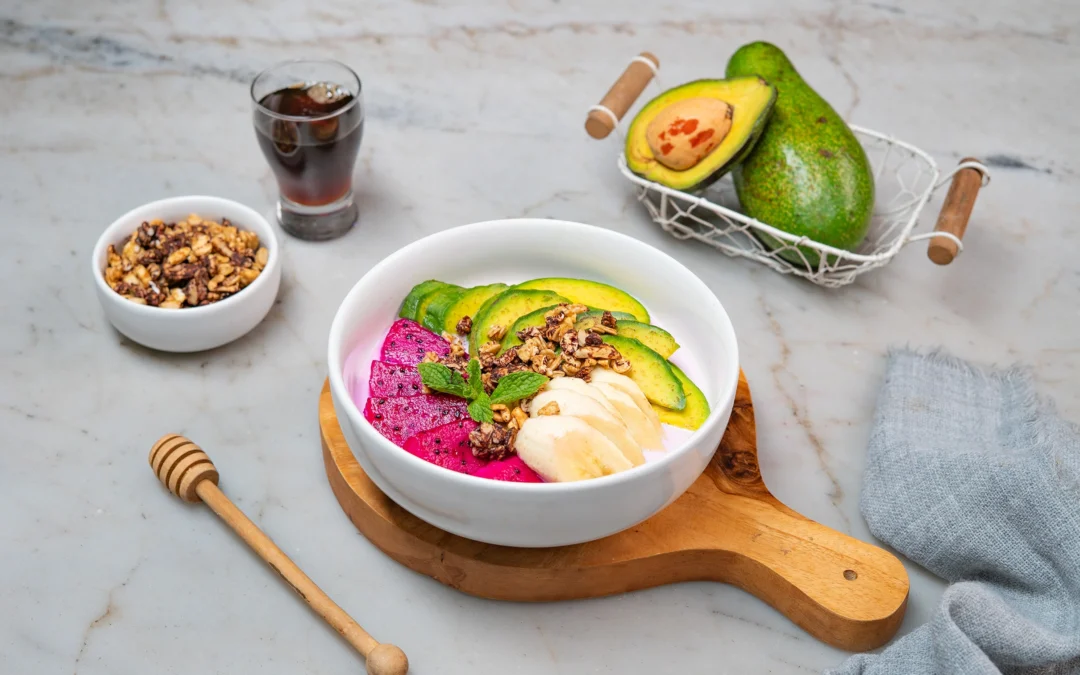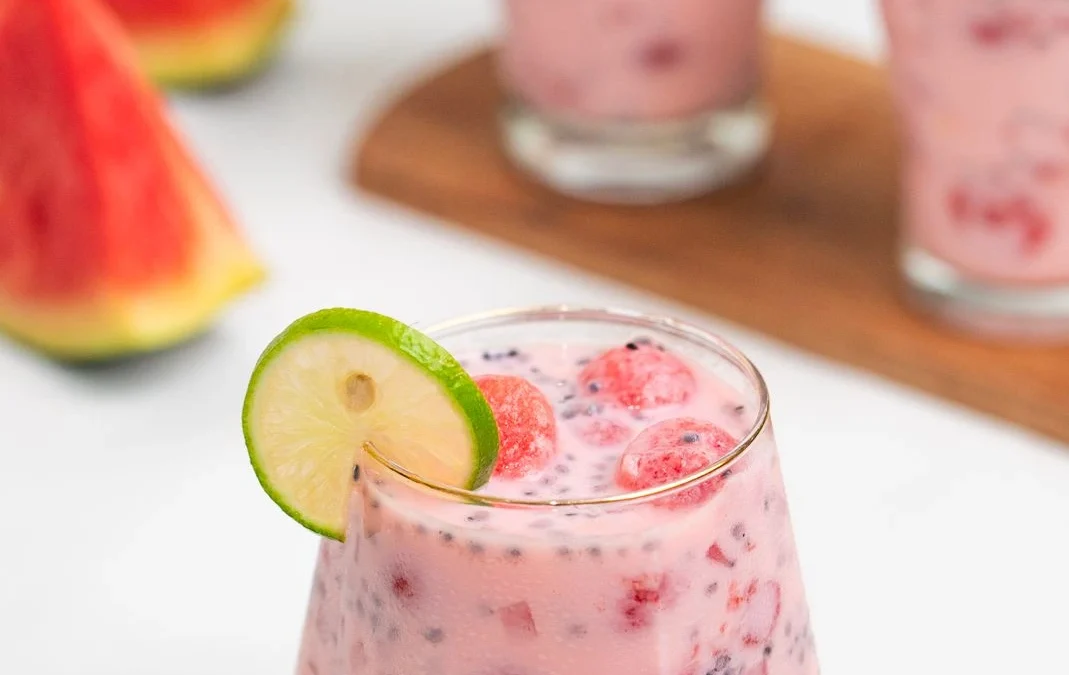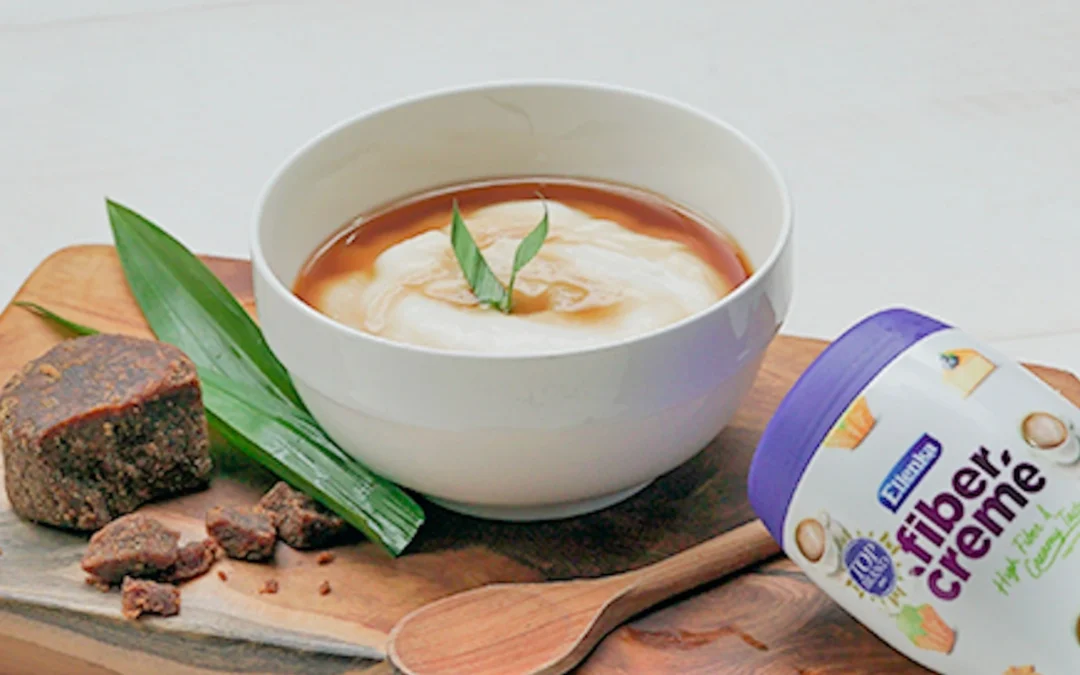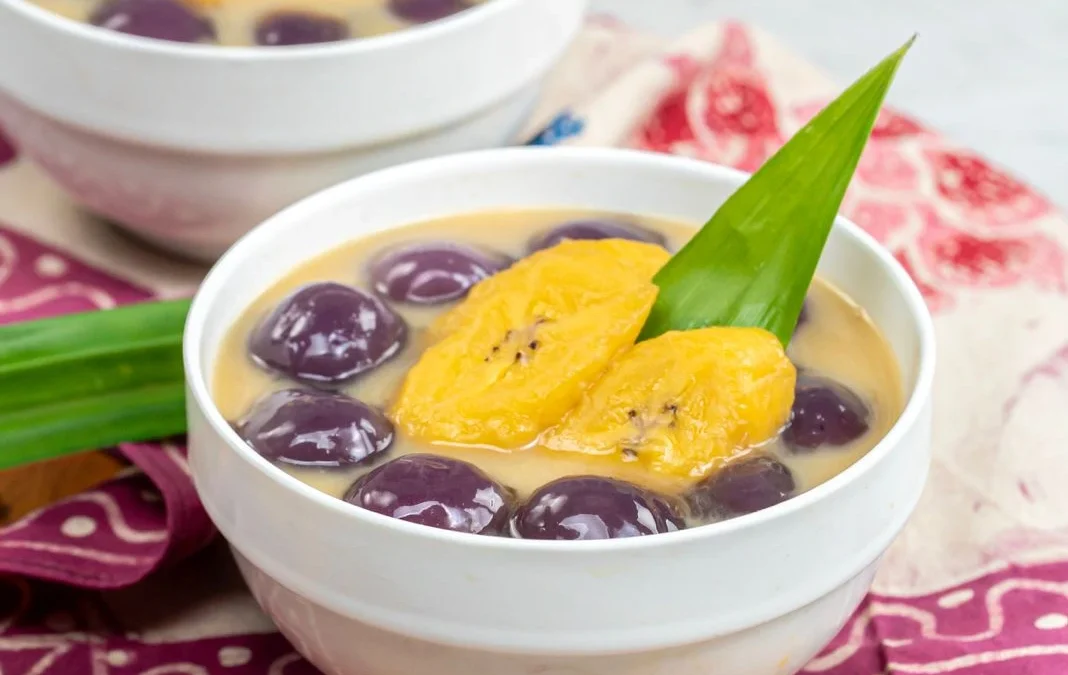 Scallions and leeks are often mistaken for each other because they look similar, long and green. But did you know? They actually have quite noticeable differences, from their appearance and taste to how they are prepared, which can affect the flavor of your dishes. So, to avoid buying or using the wrong one when cooking, let’s find out the differences between scallions and leeks below!
Scallions and leeks are often mistaken for each other because they look similar, long and green. But did you know? They actually have quite noticeable differences, from their appearance and taste to how they are prepared, which can affect the flavor of your dishes. So, to avoid buying or using the wrong one when cooking, let’s find out the differences between scallions and leeks below!
Differences Between Scallions and Leeks
 To avoid confusing the two, let’s take a look at some key differences between scallions and leeks:
To avoid confusing the two, let’s take a look at some key differences between scallions and leeks:
1. Size and Shape
Physically, scallions and leeks have quite distinct appearances when observed closely. Scallions are generally smaller and slimmer, with hollow stalks. They typically range from 30 to 50 cm in length and appear lighter and more flexible. In contrast, leeks are larger and sturdier. Their stalks are solid (not hollow), thicker, and can grow up to 60–80 cm long. Due to their larger size and denser structure, leeks usually require a slightly longer cooking time compared to scallions.
2. Color
In terms of color, scallions and leeks also show noticeable differences. Scallions have a color gradient from white at the base of the stalk to bright green at the top, giving them a fresher appearance. Meanwhile, leeks tend to have dark green leaves at the top and pale yellowish-white stalks at the bottom. This color difference also reflects their structure, leeks are generally thicker and more robust than scallions.
3. Flavor
Scallions have a sharp, fresh, and slightly spicy onion flavor, making them perfect for adding a strong and refreshing aroma to various dishes. In contrast, leeks have a milder taste, even slightly sweet. That’s why leeks are often used in Western cuisine, which tends to be less pungent, such as in soups or sautés. Their sweetness also becomes more pronounced the longer they are cooked.
4. Culinary Uses
Scallions are more commonly found in Asian dishes, ranging from toppings on noodles, mixed into fried rice, to ingredients in soups or omelets. Usually, scallions are added at the end of cooking to keep them fresh and to release their aroma. Leeks, on the other hand, are more frequently used in European cooking, like in soups or roasted vegetable dishes. The white part of the leek can be the main ingredient in a dish, and leeks can be turned into flavorful sauces or sautés.
Read More: How to Store Banana Leaves to Last for Months
Make Your Dishes More Delicious and Healthy with FiberCreme
Now you know, the differences between scallions and leeks are not just about shape or size, but also about their flavor and how they are used in cooking. Understanding these differences helps you choose the right ingredient and pair it with healthier complements.
If you want your meals to be not only tasty but also healthier, try adding FiberCreme to your kitchen staples. This multi-purpose powder can replace coconut milk, regular milk, or cream while still delivering rich flavor but better for your body. FiberCreme is high in fiber, contains 0mg cholesterol, and is low in sugar. It’s perfect for those who care about a healthy diet but still want to serve delicious dishes for their family.
From soups to stir-fries, everything can be creamier and healthier with just one ingredient that is FiberCreme! So convenient, right? Check out more exciting recipes and kitchen tips on Instagram @FiberCreme_TV and Ellenka’s YouTube channel. It’s time to make your kitchen more complete and healthy with FiberCreme!






0 Comments